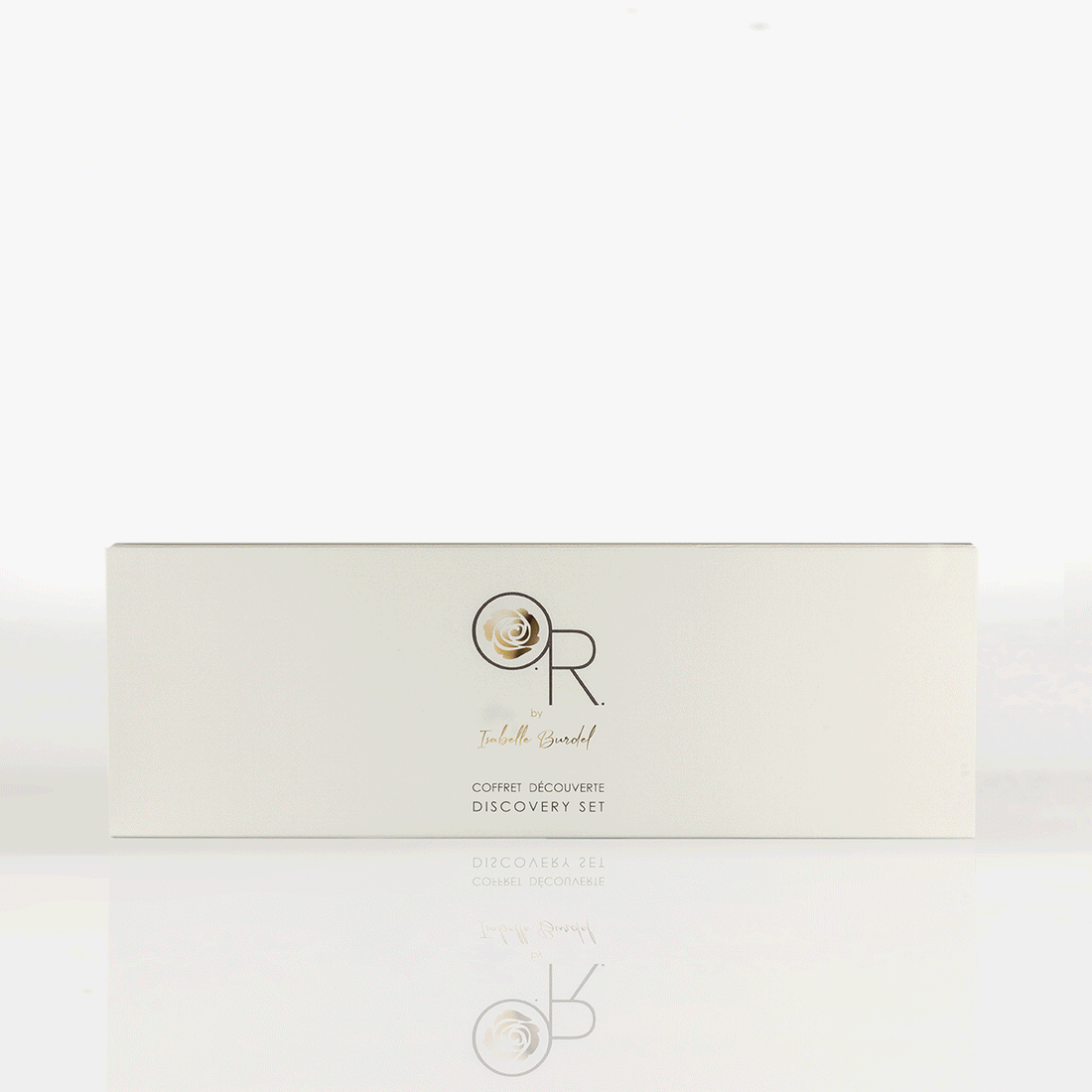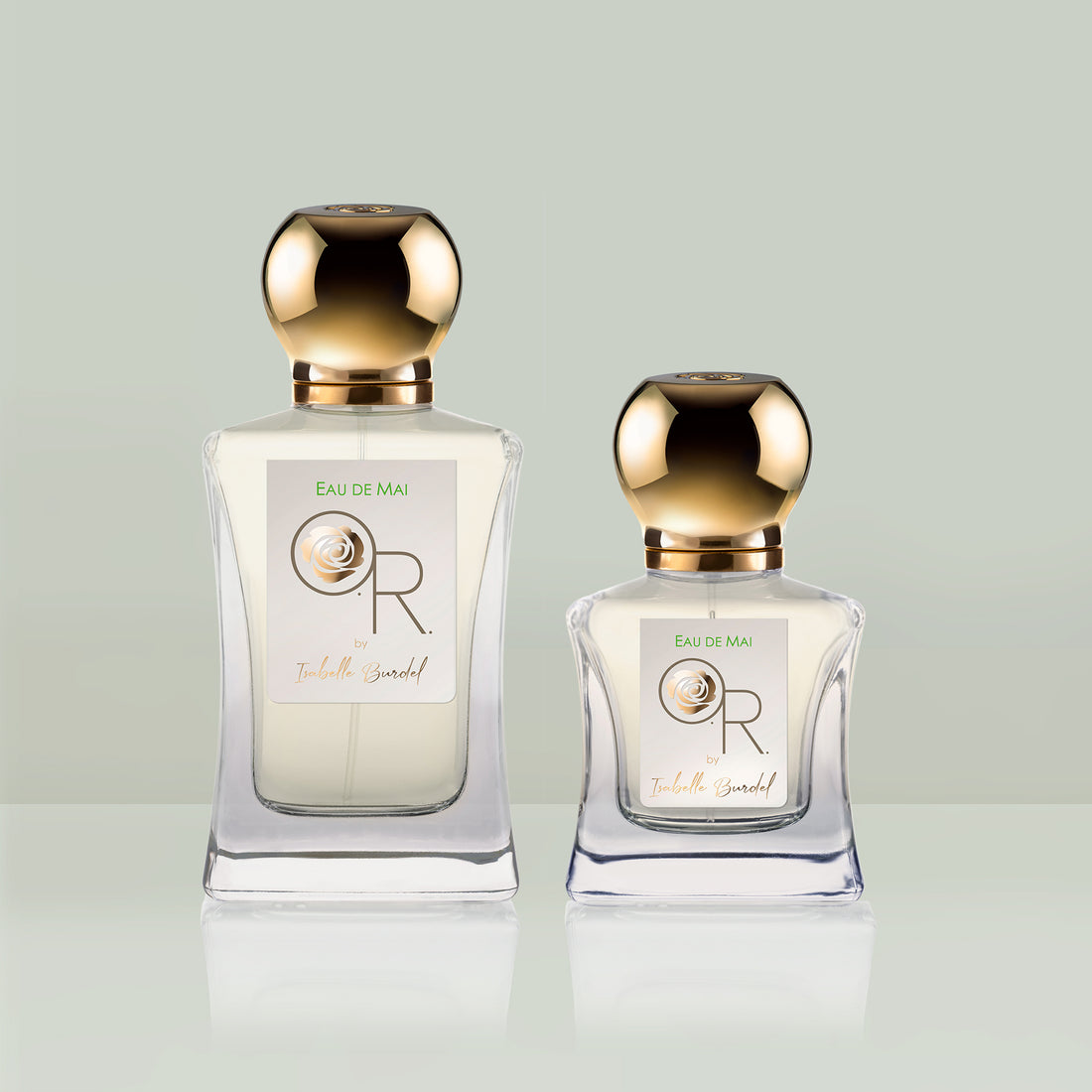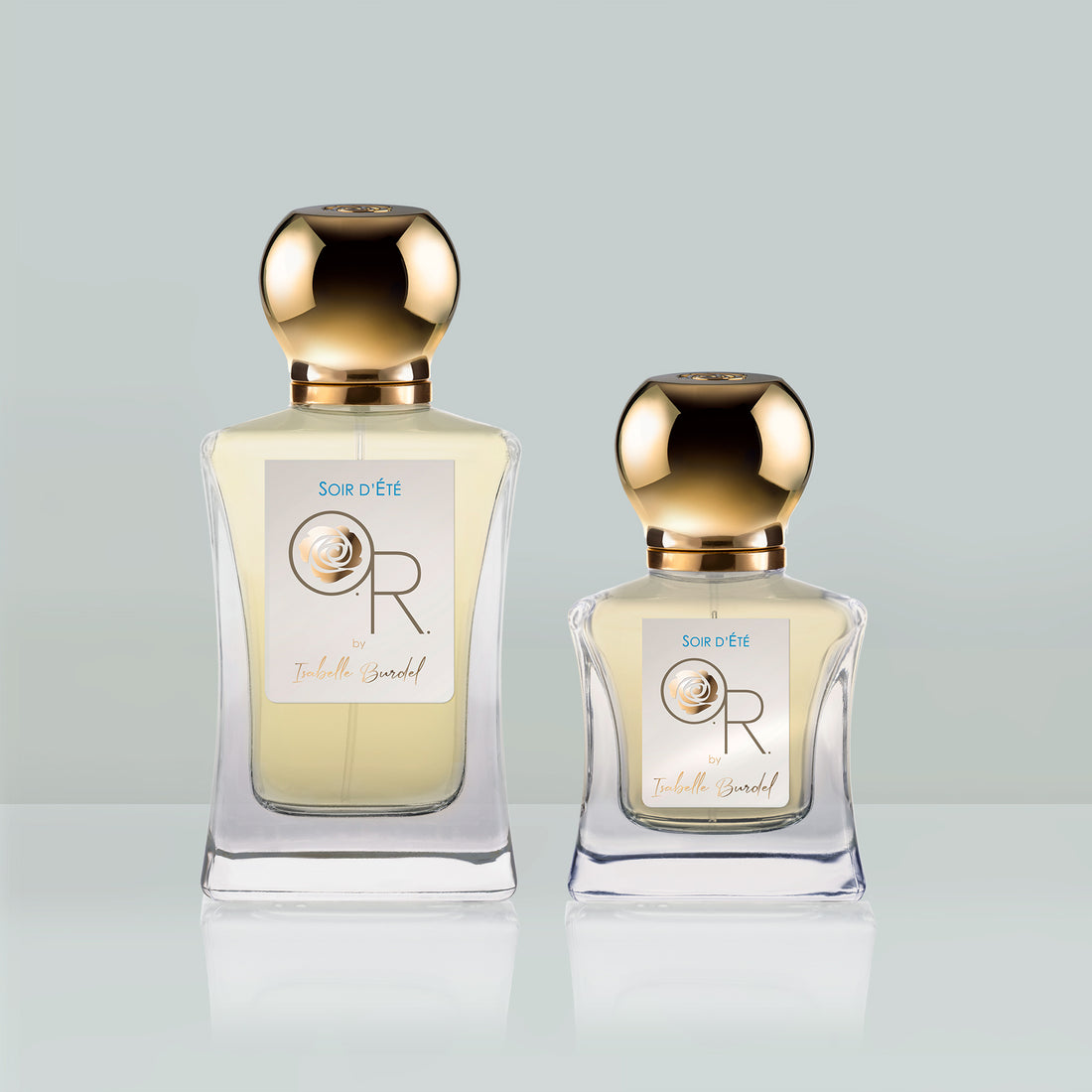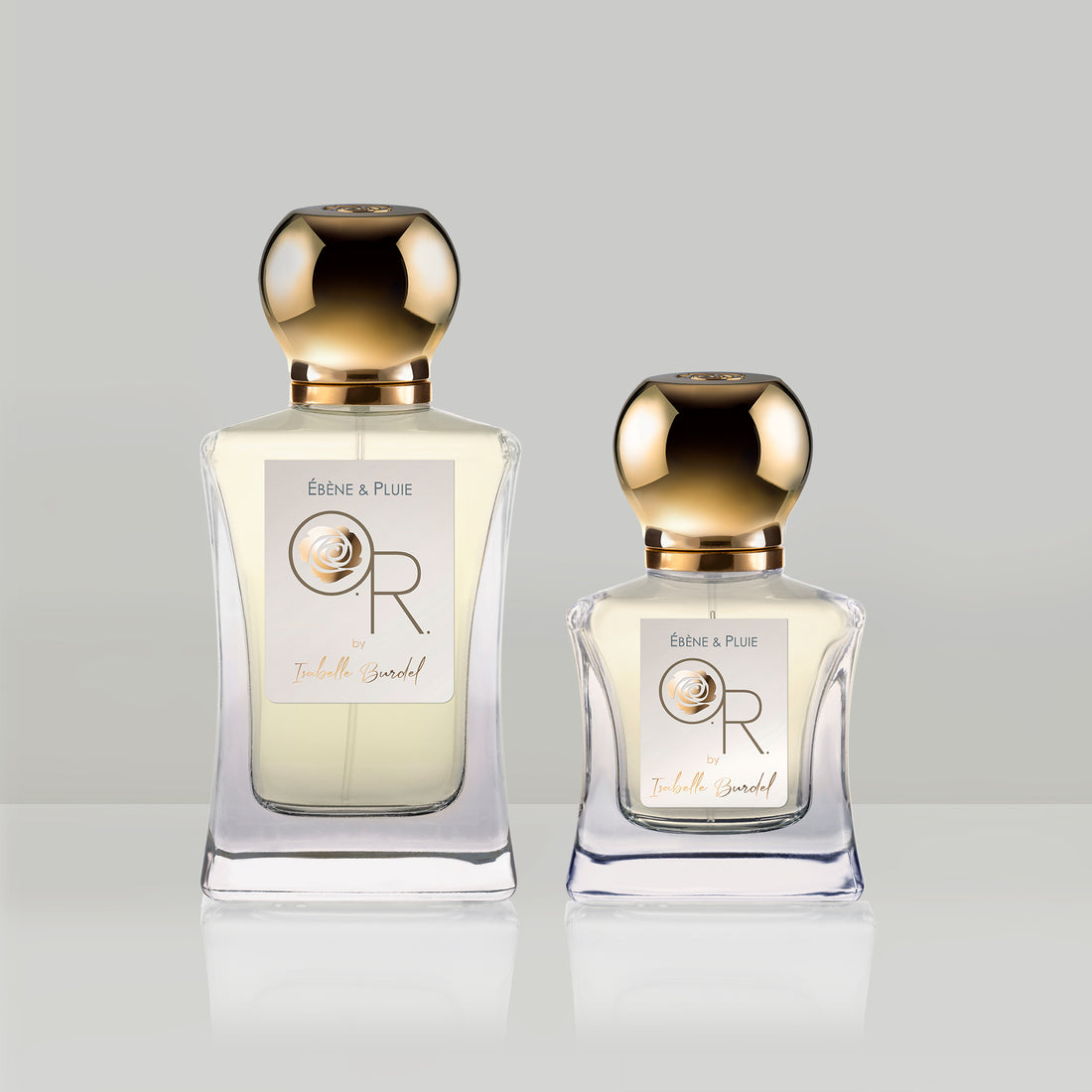In the world of fragrance, patchouli belongs to the woody family. This shrub, native to Southeast Asia, is crucial in perfumery, as it is one of the most widely used materials, alongside citrus. Indeed, patchouli can be found in a variety of fragrances. It is equally at home in woody and cyprus compositions, as well as alongside ambery or gourmand notes. It excels at structuring floral bouquets. Far from its hippie image associated with the 1970s, patchouli perfumes has many stories to tell.
Origin and cultivation of patchouli in perfumery
Patchouli is a botanical variety of the Lamiaceae family. Its name, which first appeared in the early 19th century, is believed to be a contraction of the terms 'patch' (green) and 'ilai' (leaves).
This shrub, originating from Southeast Asia, is mainly cultivated in Indonesia and South India. It resembles a tall shrub, about one meter high, with leaves reminiscent of mint. While fresh patchouli leaves are almost odorless, their scent develops when they are dried in the shade for 5 to 6 days.
The essential oil of this shrub from India and Indonesia is the result of distilling its dried leaves. Rich in facets, patchouli essential oil has a fragrance that can be described as woody, camphoraceous, earthy, damp, reminiscent of the walls of a cellar. It can also emit velvety and cocoa-like nuances. These various nuances vary in intensity depending on the region in which the patchouli is cultivated.
It takes 250 kg of fresh patchouli to obtain 50 kg of dried patchouli and 1 kg of essential oil. The global production of patchouli is around 1,600 tons of essential oils, with 90% coming from Indonesia.
Patchouli perfume, a fragrance of transgression
Originally from Southeast Asia, patchouli was introduced to Europe in the 19th century. It was initially used in England to make potpourri during the Victorian era.
It gained popularity in France during the Second Empire. Due to a silk shortage in Lyon, a large quantity of Indian silk shawls was imported and protected from moths during the journey using patchouli leaves. These shawls, infused with the captivating scent of patchouli, became very popular, especially among courtesans, demi-mondaines, and other women of questionable reputation. This plant thus acquired a bad reputation among women of high society.
Patchouli experienced a revival in the 1970s with the hippie movement. Patchouli perfume was used to mask the scent of cannabis and was associated with the sexual revolution of the time, symbolizing rebellion and freedom.
These two eras imbued patchouli with an aura of prohibition and a controversial reputation. The more recent fashion of the 1970s had a detrimental impact on its reputation as its scent was linked to that of cannabis.
The many faces of patchouli in perfumery
Patchouli complements a wide range of olfactory registers. While it pairs well with woody and masculine fragrances, it is also essential in cyprus accords, which are based on a structure of bergamot, rose, jasmine, oakmoss, patchouli, and labdanum. At the heart of this accord, the oakmoss-patchouli duo adds a moist, earthy aspect with hints of undergrowth, characteristic of cyprus fragrances.
Its warm and sensual nuances also blend well with ambery or oriental accords, featuring vanilla, resins, or spicy notes. With the trend of gourmand fragrances that emerged in the 1990s, patchouli often complemented sweet and praline-like notes. It pairs perfectly with maltol, a molecule with caramel-like nuances.
Because it provides structure to floral bouquets, patchouli is often found in floral perfumes. It pairs especially well with Damask rose, enhancing its spicy undertones in an enchanting embrace.
Iconic patchouli perfumes
Among the iconic fragrances that showcase patchouli, we can mention Coty's cyprus perfume from 1917, one of the earliest significant cyprus. In 1944, the house of Rochas (where Isabelle Burdel would later become a perfumer) launched "Femme," a sensual cyprus fragrance where patchouli is adorned with plum, cinnamon, and cumin. In 2014, Cartier revived the tradition of cyprus fragrances with "La Panthère," where patchouli is rounded by floral and fruity notes on a bed of sensual musks.
Réminiscence's "Patchouli," born in 1971, remains an essential in this genre, where earthy wood predominates the composition, leading to a heady amber base. In the late 1970s, Yves Saint-Laurent's "Opium" brought the oriental category back into fashion. This mythical fragrance combines carnation-patchouli accord with floral, spicy, and ambery notes, enveloping it in a sultry aura.
In the 1990s, Thierry Mugler ushered in a new era of perfumery with "Angel," where patchouli blends with gourmand notes of fruits and caramel. Niche perfumery has also elevated this note, enhancing its spicy and aromatic facets (Diptyque's "Tempo," 2018) and clothing it in dark, spicy roses (Frédéric Malle's "Portrait of a Lady," 2010).
Patchouli perfumes in Olfactory Revelation
With 35 years of experience, Isabelle Burdel has been an independent perfumer for nearly 20 years. She creates custom fragrances in her Private Salon in Cannes for clients seeking exclusivity. She now brings her expertise to her brand, Olfactory Revelation.
In this collection of nine fragrances, you can find patchouli in "Chant de Roses". A modern and sophisticated rose fragrance that rests on a bed of dry woods, where patchouli adds a touch of mystery. "Iris Velours" also plays with the dark and sensual notes of patchouli at the heart of an oriental accord, adorned with iris and saffron.
If patchouli perfumes intrigue you, and you dream of learning more, do not hesitate to order Olfactory Revelation's discovery set! It's the perfect opportunity to try their warm and woody tones on your skin.






